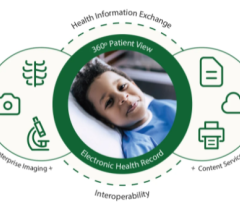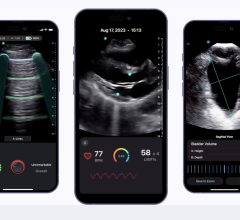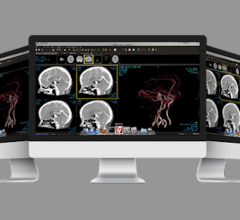December 19, 2007 - The Healthcare Information Technology Standards Panel (HITSP), a multi-stakeholder group working with the U.S. Department of Health and Human Services (HHS) to assure the interoperability of electronic health records in the U.S. approved on Thursday its next set of recommendations for the American Health Information Community and HHS Secretary Michael Leavitt.
In line with President George W. Bush’s call for the widespread availability of interoperable electronic health records by 2014, the panel’s recommendations will facilitate the secure exchange of patient data.
“I believe that patients should be assured that their confidentiality is protected while they are receiving the highest quality care possible,” said Dr. John Halamka, HITSP chair and CIO of Harvard Medical School. “The HITSP is identifying the standards and specifications that will help patients become stewards of their own personal health information.”
Nearly 400 organizations representing consumers, healthcare providers, public health agencies, government agencies, standards development organizations, and other stakeholders now participate in the HITSP and its working groups. Members work together to define the necessary functional components and standards - as well as gaps in standards - which must be resolved to enable the interoperability of healthcare data. Public comments are also considered, as the panel develops its recommendations.
HITSP recommendations are defined in Interoperability Specifications (IS). An IS comprises a set of standards and specifications defined by the HITSP in response to use cases assigned by AHIC, and each IS provides implementation guidance for the vendors, users and health system providers that will rely upon the standards to satisfy their data exchange requirements.
Upon review and approval by AHIC, the Interoperability Specifications identified below will be recommended to Secretary Leavitt for his acceptance:
- Consumer Access to Clinical Information will assist patients in making decisions regarding care and healthy lifestyles. Accessible information could include registration information, medication history, lab results, current and previous health conditions, allergies, summaries of healthcare encounters, and diagnoses. (see sample: http://tinyurl.com/36jt7d).
- Quality (http://tinyurl.com/2jajha) indicators will benefit providers by providing a collection of data for inpatient and ambulatory care, and will benefit clinicians by providing real-time or near-real-time feedback regarding quality indicators and contra-indications for specific patients.
- Emergency Responder-Electronic Health Record (http://tinyurl.com/2ohxek) will track and provide on-site emergency care professionals, medical examiner/fatality managers, and public health practitioners with needed information regarding care, treatment, or investigation of emergency incident victims.
A set of standards and specifications that will help to keep patient medical information secure in an electronic environment was also approved by the HITSP Oct. 15. The Security and Privacy IS helps to assure that personal health information will only be used by authorized personnel for official purposes.
For more information: www.ansi.org/hitsp


 June 28, 2024
June 28, 2024 








